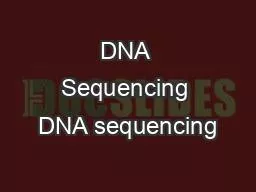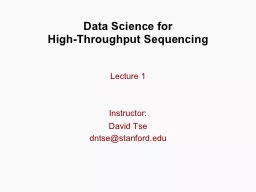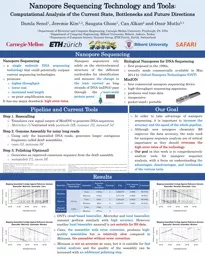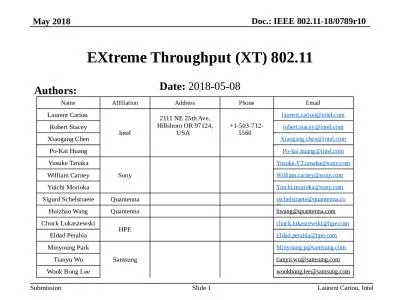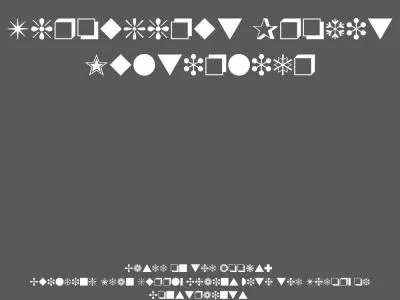PPT-High throughput sequencing
Author : trish-goza | Published Date : 2016-08-03
informatics amp software aspects Gabor T Marth Boston College Biology Department BI543 Fall 2013 January 29 2013 Traditional DNA sequencing Genetics of living
Presentation Embed Code
Download Presentation
Download Presentation The PPT/PDF document "High throughput sequencing" is the property of its rightful owner. Permission is granted to download and print the materials on this website for personal, non-commercial use only, and to display it on your personal computer provided you do not modify the materials and that you retain all copyright notices contained in the materials. By downloading content from our website, you accept the terms of this agreement.
High throughput sequencing: Transcript
Download Rules Of Document
"High throughput sequencing"The content belongs to its owner. You may download and print it for personal use, without modification, and keep all copyright notices. By downloading, you agree to these terms.
Related Documents

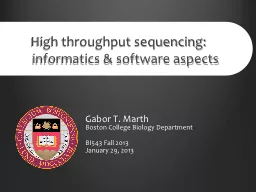

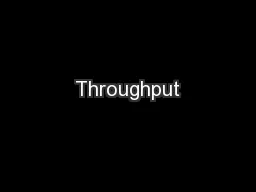
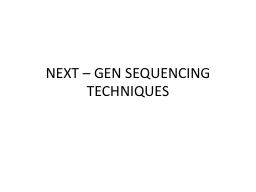

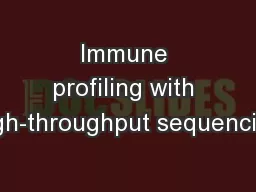
![NGS: Next-Generation [high throughput] Sequencing I: Background](https://thumbs.docslides.com/702160/ngs-next-generation-high-throughput-sequencing-i-background.jpg)

